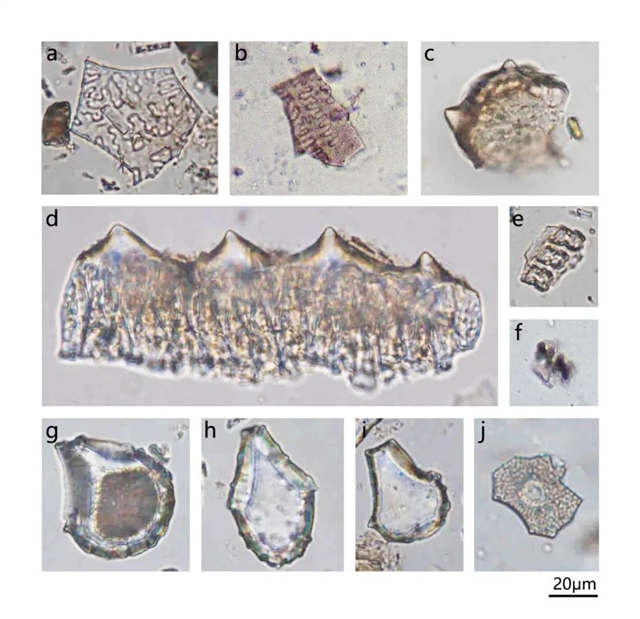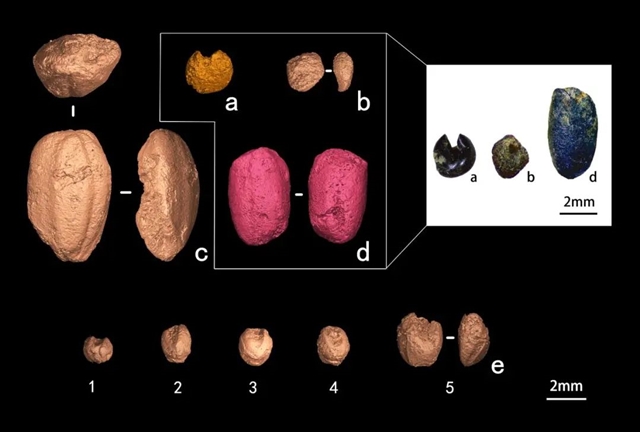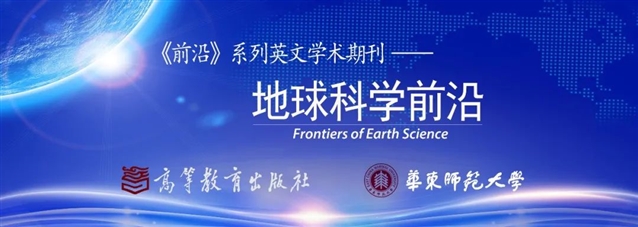|
|
|
|
|
FES | 前沿研究:西周时期皖南山区粟类作物的新发现 |
|
|
论文标题:The history of agriculture in the mountainous areas of the lower Yangtze River since the late Neolithic (西周时期皖南山区粟类作物的新发现)
期刊:Frontiers of Earth Science
作者:Jingyi WANG, Xiaochun CHEN,Guilin ZHANG, Guowen ZHANG, Yan WU
发表时间:17 Mar 2022
DOI:10.1007/s11707-021-0956-z
微信链接:点击此处阅读微信文章
西周时期 皖南山区粟类作物的新发现
农业起源和传播为人类社会文明发展提供了稳定的经济基础。农作物扩散是农业历史研究的重要组成部分,其发生发展等问题成为学术界关心的重要议题。在中国南方,早期农业以种植水稻为主,但随着时间的推移,粟黍等旱地作物逐渐向南传播。受古环境变化及古人类社会发展因素的影响,安徽南部地区农业发展的时空过程和动力机制研究依然相对薄弱。目前信息主要来源于历史文献,考古证据相对有限,亟需结合相关遗址的专项研究来填补空白。
井水墩遗址位于安徽宣城,地处长江中下游平原与皖南山区交接地带,地貌以山地丘陵为主。据发掘项目负责人陈小春介绍,2018年4月至10月,安徽省文物考古研究所会同泾县文物局对井水墩进行了抢救性发掘。该遗址地层堆积厚,有多个时期的叠压关系,在当地较为少见,这为开展该遗址文化分期与植物考古研究提供了有利条件。由此,研究人员尝试以井水墩遗址的材料为依托,同时运用植硅体和大植物两种分析方法,借助已有的植物考古成果,深入探讨皖南地区良渚文化中晚期和西周晚期至春秋早期的稻作农业与粟黍农业发生发展的特点。
在安徽省文物考古研究所支持下,中国科学院古脊椎动物与古人类研究所研究人员挑选了新石器时代末期及两周时期遗址典型剖面和部分灰坑分别进行大植物浮选和植硅体分析。研究结果显示,井水墩遗址良渚文化中晚期(4874–4820 cal. yr B.P.),先民以单一的稻作农业为主;西周晚期至春秋早期先民已开始种植粟,证明此时黍粟农业已南传至皖南地区,并且形成混作农业。粟的大植物遗存直接测年结果为2667–2568 cal. yr B.P.,这一时期大量粟遗存及粟黍植硅体的发现,在安徽南部地区尚属首例。

井水墩遗址可鉴定种属的植硅体形态

井水墩遗址炭化植物遗存的三维模型
结合史料记载与古环境背景可以推测粟黍农业在皖南地区大规模发展的动因有二:其一,《史记》等历史文献记载两周时期吴太伯自关中地区“南奔荆蛮”建立吴国,人群的迁徙推动了粟黍农业传播至安徽南部地区;其二,气候变化相关研究显示,西周时期全球气温普遍呈下降趋势,气候环境变化可能是促使当地先民调整作物种植类型的重要因素之一,促进了混合农业在安徽南部地区的出现。这一研究为进一步了解粟黍在皖南地区的发展提供了新的证据。
古脊椎所青年研究员吴妍指导硕士研究生汪静怡对上述样品开展了全面分析,为进一步了解新石器晚期以来安徽南部地区农业发展情况和粟黍传播路线提供新的证据。该项研究获得国家自然科学基金项目、中国科学院战略先导项目和中国科学院青年创新促进会共同资助。
最近相关成果在线发表于期刊Frontiers of Earth Science(《地球科学前沿英文版》)。
摘要
Understanding the role of agriculture in the development of human societies around the world is an important field of study with many unanswered questions. As a step toward that greater understanding, we have studied the archeobotanical remains at the Jingshuidun site in the mountainous areas of the lower reaches of the Yangtze River in southern Anhui Province which are part of the core area of rice cultivation today. Our analyses of macrobotanical remains and phytoliths formed the basis for the reconstruction of the subsistence economy of ancient humans at the Jingshuidun site from the late Neolithic to early historical times. When our data are combined with that of previous archeobotanical work, we obtain a clearer picture of the development of rice and millet agriculture in the southern Anhui Province region, as well as the spread of millet cultivation. Macrobotanical remains and phytoliths of domesticated rice are present in layers at the Jingshuidun site dated to 4874–4820 cal. yr B.P. (middle-late Liangzhu Period) and 2667–2568 cal. yr B.P. (late Western Zhou Dynasty to the early Spring and Autumn Period). Moreover, macrobotanical remains and phytoliths from the site document the earliest remains of foxtail millet (Setaria italica) in southern Anhui Province, from a layer dating to the late Western Zhou Dynasty and the early Spring and Autumn Period (2667–2568 cal. yr B.P.). These results suggest that the people occupying the Jingshuidun site used single rice farming as far back as 4874–4820 cal. yr B.P., and they began to plant millet by at least 2667–2568 cal. yr B.P., documenting the spread of millet agriculture to the southern area by that time.
作者:吴 妍
校审:侯韡鸿
排版:肖 潇

《前沿》系列英文学术期刊
由教育部主管、高等教育出版社主办的《前沿》(Frontiers)系列英文学术期刊,于2006年正式创刊,以网络版和印刷版向全球发行。系列期刊包括基础科学、生命科学、工程技术和人文社会科学四个主题,是我国覆盖学科最广泛的英文学术期刊群,其中13种被SCI收录,其他也被A&HCI、Ei、MEDLINE或相应学科国际权威检索系统收录,具有一定的国际学术影响力。系列期刊采用在线优先出版方式,保证文章以最快速度发表。
中国学术前沿期刊网
http://journal.hep.com.cn

特别声明:本文转载仅仅是出于传播信息的需要,并不意味着代表本网站观点或证实其内容的真实性;如其他媒体、网站或个人从本网站转载使用,须保留本网站注明的“来源”,并自负版权等法律责任;作者如果不希望被转载或者联系转载稿费等事宜,请与我们接洽。